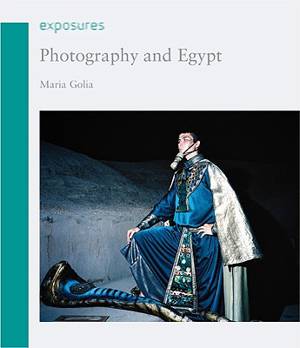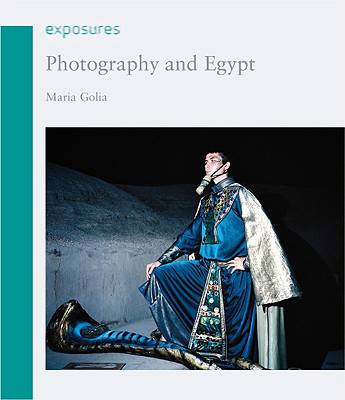
- Retrait gratuit dans votre magasin Club
- 7.000.000 titres dans notre catalogue
- Payer en toute sécurité
- Toujours un magasin près de chez vous
- Retrait gratuit dans votre magasin Club
- 7.000.0000 titres dans notre catalogue
- Payer en toute sécurité
- Toujours un magasin près de chez vous
Description
Egypt immediately conjures images of the pyramids, the temples and the Sphinx in the desert. Early photographs of Egypt took these ancient monuments as their primary subjects, and these have remained hugely influential in constructing our view of the country. But while Egypt and its monuments have been regularly photographed by foreigners, little has been known about the early days of photography among Egyptians. Photography and Egypt examines both, considering images from the mid-nineteenth century to the present day, including studio portraits, landscapes and photojournalism.
Two forces drove photography's early development in Egypt: its link as an essential tool of archaeology and the accelerating effects of archaeological photographs on the burgeoning tourism industry. In this book, Maria Golia examines these twin drives, through the work of Europeans who travelled to Egypt as well as early Egyptian and Middle Eastern photographers. Golia examines how photography was also employed for propaganda purposes, including depictions of celebrated soldiers, workers and farmers; and how studio-based photography was used to portray the growing Egyptian middle class. Today's young photographic artists, Golia reveals, use the medium to celebrate everyday life and to indict political and social conditions, with photography bearing witness to history--as well as helping to shape it.
Illustrated with a rich, sometimes surprising variety of images, many published for the first time in the West, Photography and Egypt is the first book to relate the story of Egypt's rapport with photography in one concise and highly readable account.
Spécifications
Parties prenantes
- Auteur(s) :
- Editeur:
Contenu
- Nombre de pages :
- 192
- Langue:
- Anglais
- Collection :
Caractéristiques
- EAN:
- 9781861895431
- Date de parution :
- 01-02-10
- Format:
- Livre broché
- Format numérique:
- Trade paperback (VS)
- Dimensions :
- 190 mm x 218 mm
- Poids :
- 680 g

Les avis
Nous publions uniquement les avis qui respectent les conditions requises. Consultez nos conditions pour les avis.






